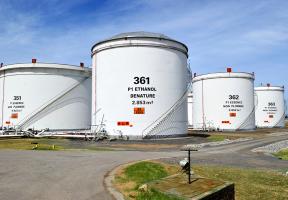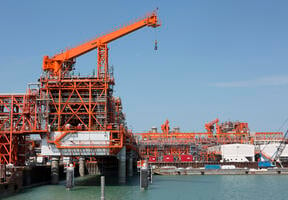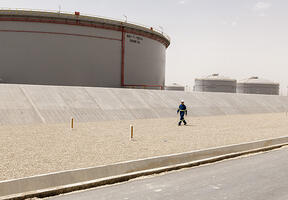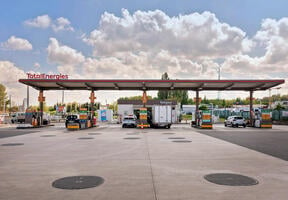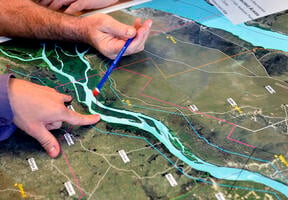The Life Cycle of Oil and Gas Fields
10 min read
Oil and gas fields generally have a lifespan ranging from 15 to 30 years, from first oil to abandonment. Production can last 50 years or more for the largest deposits. Deepwater fields, however, are operated just five to ten years due the very high extraction costs.
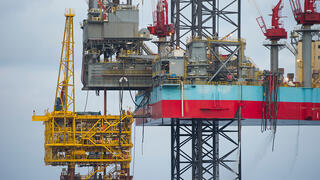
© PASCAL LAURENT - TotalEnergies - An offshoring drilling platform off the coast of Port-Gentil (Gabon)
The preparatory phase
During the exploration phase, oil and gas companies locate and appraise the hydrocarbons contained in a field. Before production can begin, they must devise a development plan. This involves:
- Calculating the field's profitability to determine whether or not the future sales of oil and gas will be enough to cover the cost of production over the field’s entire lifespan.
- Determining the number of wells need to be drilled and selecting the most suitable installations for each stage of production. Studies at this point focus on which extraction methods should be used and how products brought to the surface will be processed, temporarily stored and shipped.
- Defining the field's production profile in order to forecast annual production volumes from the start of production to abandonment.
Next, the company needs to prepare the site for production by leveling the land, clearing trees, developing roads to transport equipment and building technical facilities and accommodation for the site's future workers. In locations, the platform will need to be built or transported to the site.
The different stages of a field's life cycle
The life cycle of oil and gas fields can be broken down into three stages:
- Start-up (two to three years). During this period, production increases gradually as more and more wells are drilled.
- Plateau production, when output stabilizes. This stage also lasts two to three years, or sometimes longer in the case of larger fields.
- Decline, during which production falls at a rate of 1% to 10% a year. When production ends, large quantities of oil and gas remain underground. Oil and gas companies are therefore constantly seeking to improve recovery rates using enhanced recovery techniques. Oil field recovery rates range from 5% to 50%. The rate is higher (60% to 80%) for fields that produce only natural gas, as its lower density and greater flow rate make production more efficient.
The ups and downs of production
Things don't always go according to plan in oil and gas production. Some reservoirs will produce up to 10% to 20% more oil or gas than expected, while others may produce a great deal less than initially estimated.
There are many reasons for this unpredictability. Oil and gas fields contain residual water, which is driven up the well with the hydrocarbons. After time, there may be more water and less oil or gas. The cost of extracting and separating the water out can result in a loss-making operation. In addition, at some sites the natural gas extracted is not intended for sale. Yet, gas production at these fields can sometimes spike, which means that less oil is produced.
The global economic climate can also impact the life cycle of oil and gas fields. For example, if oil prices drop over a long period of time, companies may decide to abandon an oil field earlier than planned. Conversely, if oil prices rise, production may continue longer.
All of these factors impact profitability, and in some cases force companies to abandon production early at the risk of losing almost all of their considerable initial investment. To reduce this risk, engineers carry out regular appraisals throughout a field's life cycle.
Abandonment
When oil and gas companies abandon a field, they may sell it to a smaller private company with lower production costs that require lower returns. In other cases, the field may be bought by a state-owned company in the host country.

